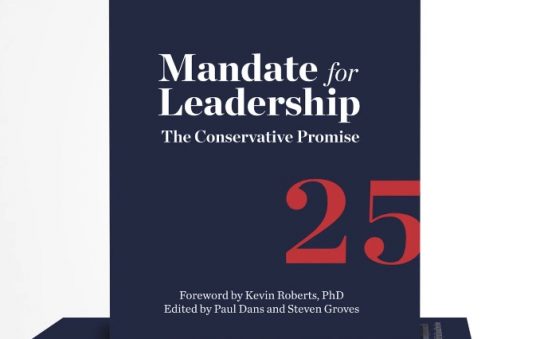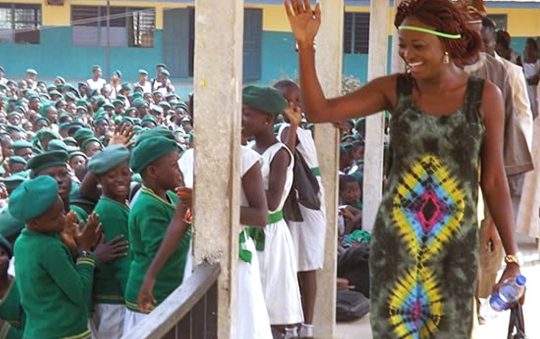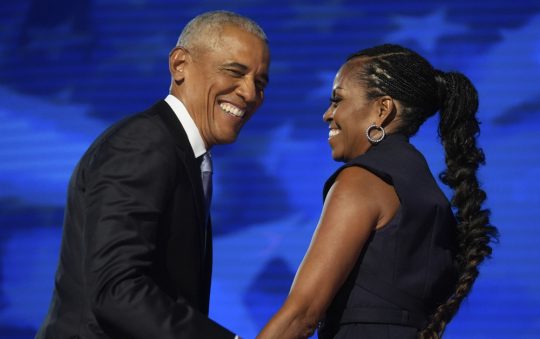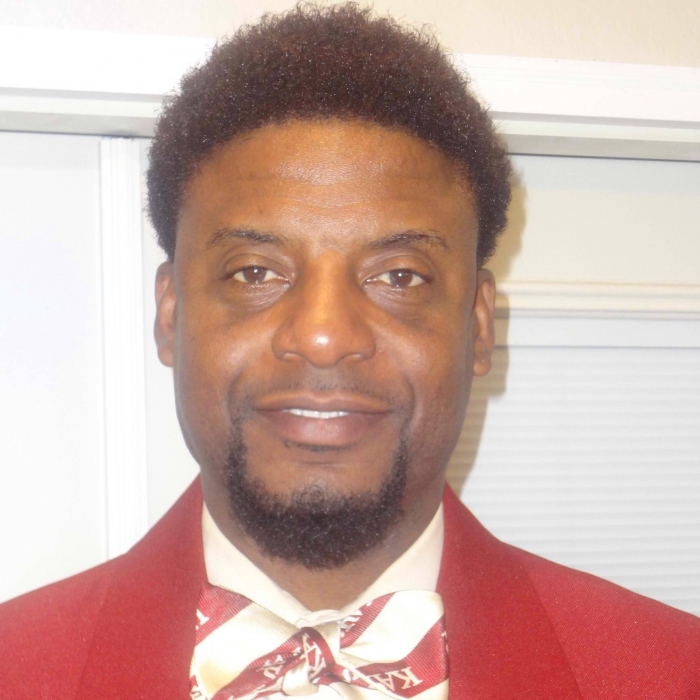
Requiring witness signatures on mail-in ballots. Needing government-issued photo identification to vote. Limiting mailed ballot drop-off locations to one per county.
These and other moves by state governments to limit voting have California State University, Northridge political science professor Boris Ricks concerned that the country will see some of the most concerted efforts of voter suppression since the 1960s.
Boris Ricks
“We, as American citizens, should not stand for it,” Ricks said. “For our democracy to succeed, we need to stand up and make sure our voices are heard. We need to oppose voter suppression, encourage everyone to go to the polls and ensure that every citizen who is registered to vote is able to vote.”
Ricks ticked off a list of efforts across the country to restrict voting, from the purging of voter rolls of people who haven’t voted in a few years and the reduction of polling places in mostly minority or poor communities, to Texas Gov. Greg Abbott’s recent order to limit mailed ballot drop-off locations to one per county; efforts by Republicans in Florida to circumvent a state constitutional amendment that allows felons, once they completed their sentences, to register to vote; and laws that require two forms of identification before a voter can cast their ballots.
Texas, Ricks pointed out, has a law that requires voters to present state-sanctioned identification before they can vote, which seems to be arbitrary in its application.
“If you have an NRA (National Rifle Association) registration card, that can be used as a form of voter identification in Texas,” he said. “But a state-issued identification card from an institution of higher learning cannot be used.”
Requiring certain forms of identification can be problematic, Ricks said.
“In the United States, more than 20 million people don’t have government-issued identification, and most of those people are poor, people of color or the elderly,” he said, adding that only about 40 percent of polling places nationally can accommodate people with disabilities.
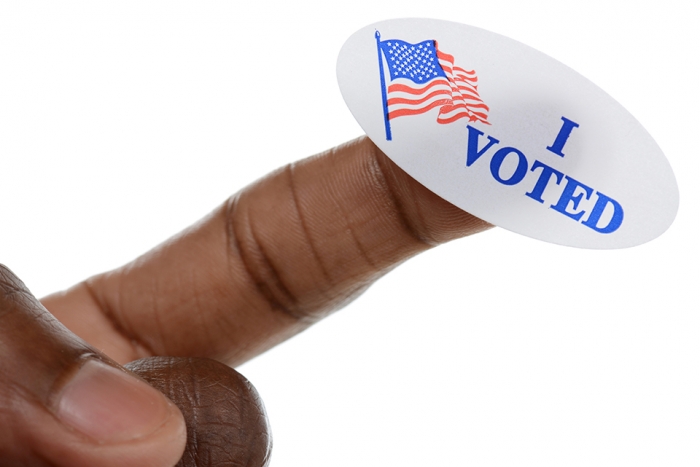
Many of the efforts to restrict voting were inspired by the 2008 election of Barack Obama as President of the United States, Ricks said.
“We did something we’d never done before in 2008; we elected a Black man, who was a Democrat, as president,” he said. “The playbook for the Republicans was to take over the state legislatures, change state laws, and restrict who could vote in the future. We started seeing signs of this in 2010 when Republicans won a majority in the U.S. House of Representatives. It became increasingly clear in the 2018 midterm elections in Georgia. According to the Brennan Center for Justice, from 2012 to 2016, 1.5 million voters were purged (more than 10% of all voters) from rolls under the Secretary of State. This is textbook voter suppression. A concerted effort to silence the voting power of communities of color in the state of Georgia.”
Ricks said many of the new voter laws, particularly those involving mail-in ballots, were created under the guise of protecting against voter fraud.
“The reality is that the number of incidents involving voter fraud is miniscule,” Ricks said. “Voting-by-mail fraud amounts to just 0.0025 percent of all votes cast. Think about that – 0.0025 percent – or just a couple hundred out of the millions of votes cast. Is that really what these laws are protecting us against? It is extremely important to maintain fair voting practices, particularly in places that have had a long history of discriminating on racial grounds.”
Ricks pointed to President Donald Trump’s recent threat to send law enforcement to polling places to keep the peace.
“This is not a new tactic,” Ricks said. “Law enforcement presence has been used to intimidate and deter voters since the passage of the Voting Rights Act of 1965. These tactics have been used for quite some time historically, particularly in the South.”
Ricks noted that Nov. 3, Election Day, represents an “interesting intersection” in the United States. A presidential election, global pandemic and the culmination of a decennial census.
“The data collected by the decennial census determine the number of seats each state has in the U.S. House of Representatives and is also used to distribute hundreds of billions of dollars in federal funds to local communities,” he said. “In some instances, we’re looking at cases where elected officials chose their constituents, rather than constituents choosing their elected officials.”




